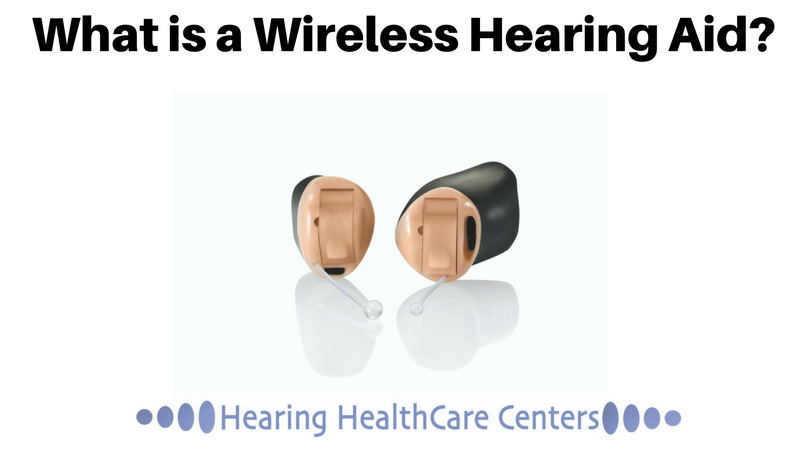
New technology is changing how we do everything from cleaning our house to traveling to work, and the improvements to hearing aids can’t go unnoticed. Nearly every year the features available on hearing aids change. With such frequent additions and upgrades it can be difficult to keep track of what they all mean. Some of the features have similar names so it may not always be clear what they do. One of the newest improvements is the addition of Bluetooth technology. But what does that mean? Is Bluetooth used to make devices wireless? Hearing aids are already wireless so why would they need Bluetooth anyway?
1.) Wireless Hearing Aids
Wireless connectivity has two key components. The first is that a pair of hearing aids can communicate with each other. They relay information about the sound in the environment and make changes to your settings. If you’re in a busy room, the hearing aids can work as a team to focus more accurately on someone who is speaking. Another feature is that when you make a volume or program change in one ear, the other ear’s hearing aid adjusts to the same setting. These functions make understanding conversation much more automatic, especially in loud settings. The goal is to allow you to focus on the conversation instead of adjusting your hearing aids.
The second component of wireless technology is that the hearing aids can communicate with outside electronic devices. This means that, without being hardwired, you can connect your hearing aid to a remote or streaming device. The streaming device then translates that signal to be compatible with the hearing aid processor. This function allows the provider various things: access settings, listen to phone calls, music, and television. All by way of the streaming device that is paired directly with your hearing aids. Who wouldn’t want to hear an important phone call in both ears, corrected for their specific hearing profile? Or to be able to watch TV at a level that’s comfortable for both you and your family?
2.) Bluetooth Hearing Aids
Bluetooth is the standard for wireless connections. It is actually the way most electronic devices, like phones and tablets, connect to streamers/remotes for hearing aids. Until recently, Bluetooth could not be implemented in the hearing aids themselves, because it required too much power. Apple has developed a Bluetooth protocol that requires less power. It can also directly communicate to the wireless properties in current hearing aids. You can now stream phone calls and music from an Apple device directly to the hearing aids, without a streamer or remote. Apple is the first to provide such a connection to hearing aids, but other electronics manufacturers are not far behind. It shouldn’t be much longer before hearing aids are directly compatible with many different types electronics. Additional equipment for streaming will no longer be necessary!
The goal of hearing aids is to help you understand conversation more clearly in as many environments as possible. Wireless functionality drastically improved the ability to hear in busier environments and when connected to the phone and TV, while Bluetooth functionality adds to that improvement and makes the connection process simpler. For many, these features are life-changing and allow smoother conversation and better connections with friends and family. Who doesn’t want that?

